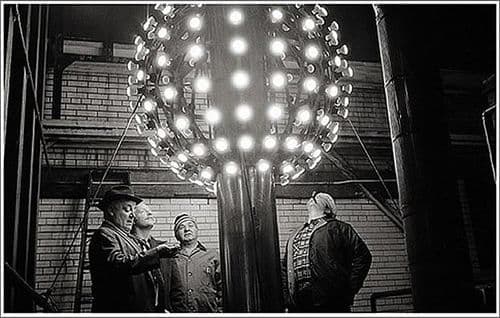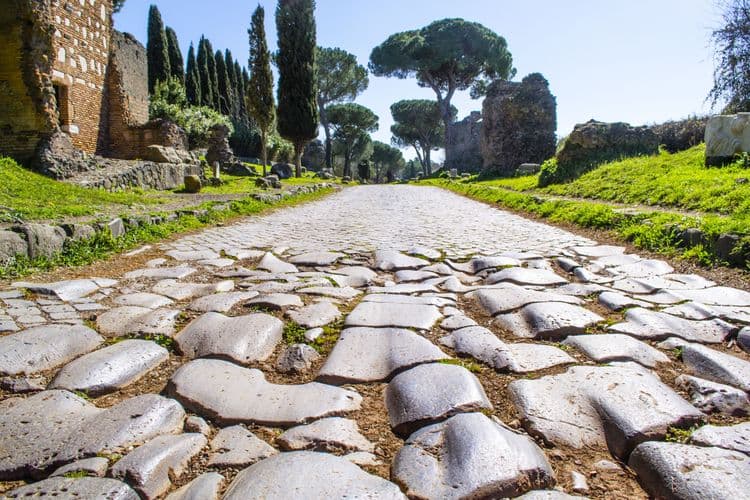Roman roads from 2,000 years ago are in better condition than highways built in the last decade. The secret isn't just quality materials—it's a construction technique so advanced that modern engineers are still trying to reverse-engineer it.
Romans used a volcanic ash called pozzolan that actually gets stronger when exposed to seawater and weathering. While modern concrete deteriorates, Roman concrete performs a chemical process called "self-healing"—tiny cracks automatically seal themselves over time.
The most shocking part? Romans built their roads to last forever, literally. They calculated load-bearing requirements for traffic that wouldn't exist for centuries. Their roads were designed to handle weights far exceeding anything in the ancient world.
Modern attempts to recreate Roman concrete have failed because the exact ratios and mixing techniques were trade secrets that died with the empire. We can analyze the materials, but we can't replicate the process. Some Roman structures are actually getting stronger with age while our infrastructure crumbles within decades.
Today's "advanced" road technology typically lasts 15-20 years. Roman roads are approaching their 2,000th birthday and show no signs of stopping.





